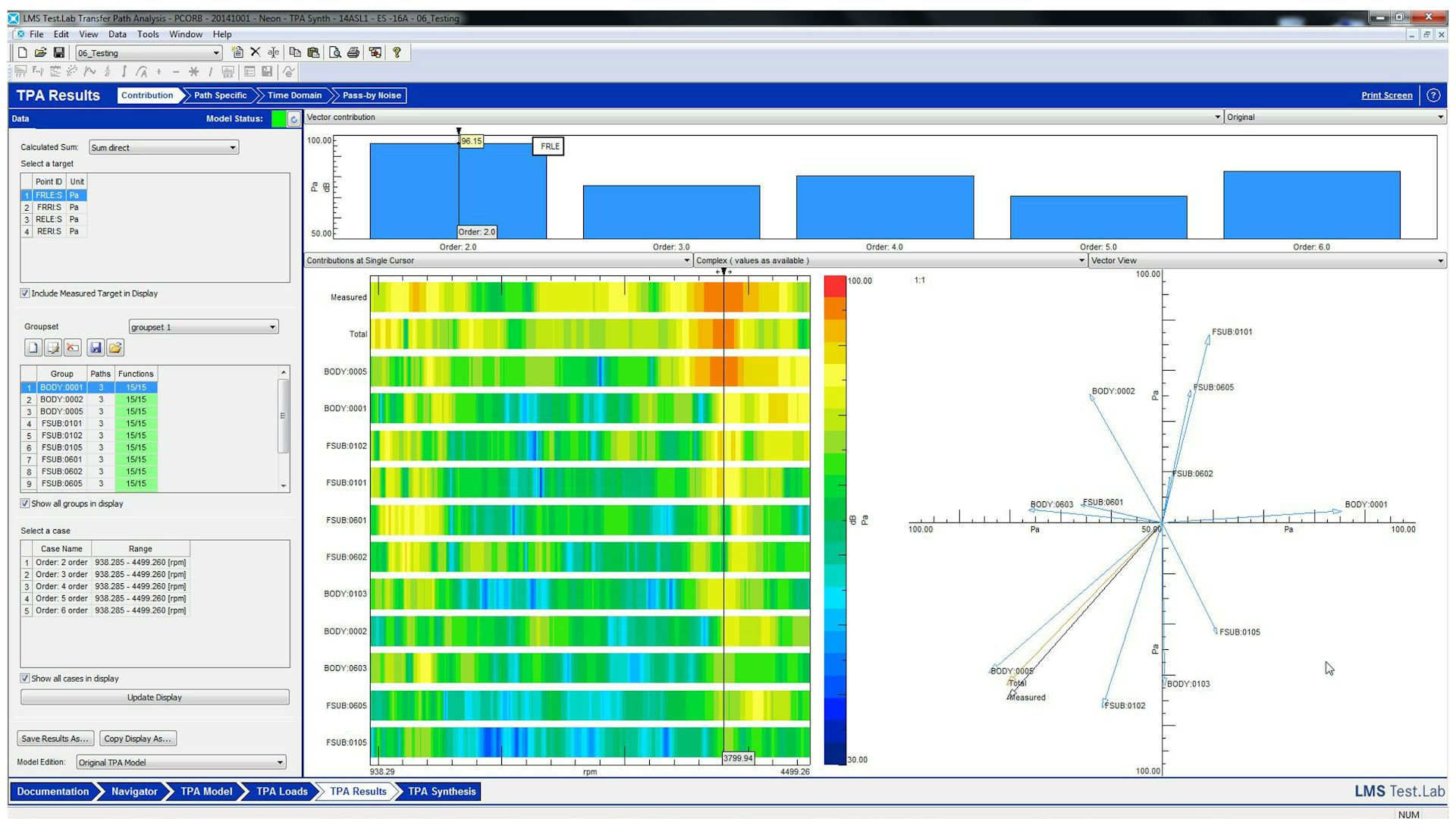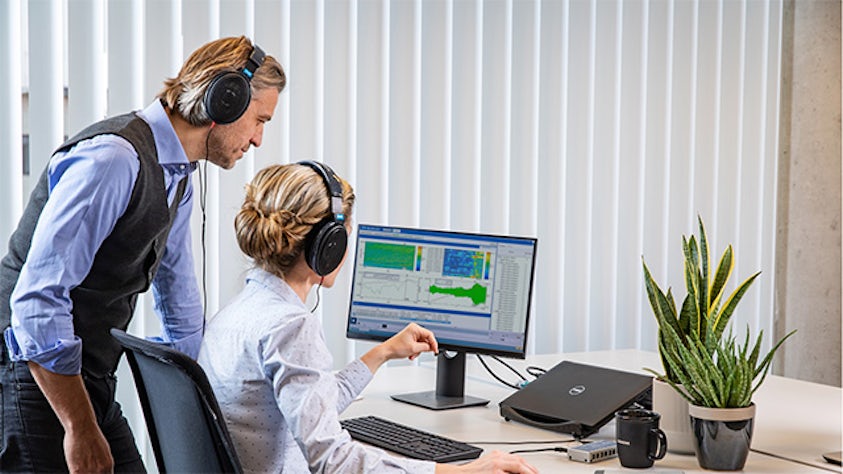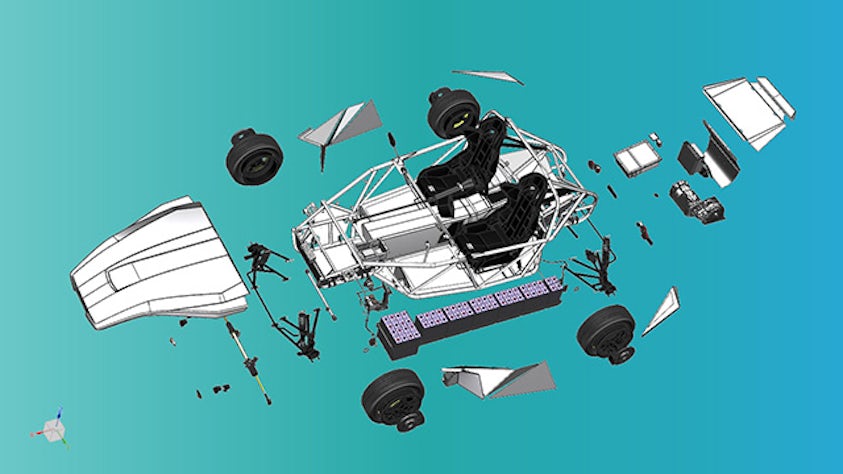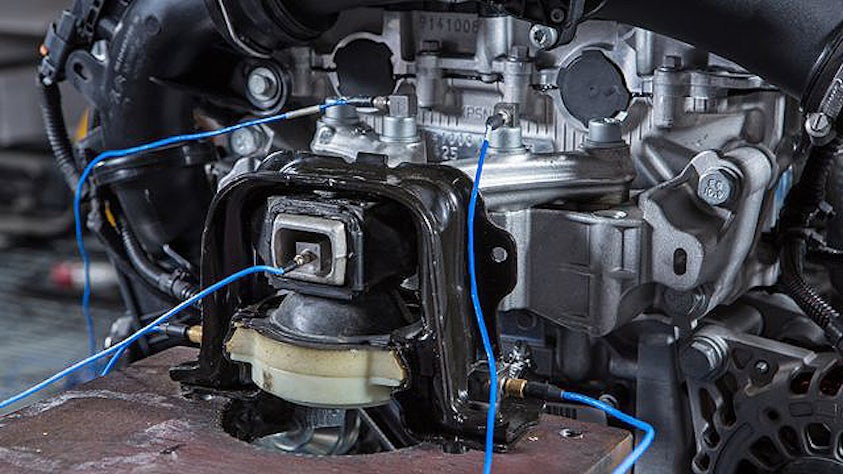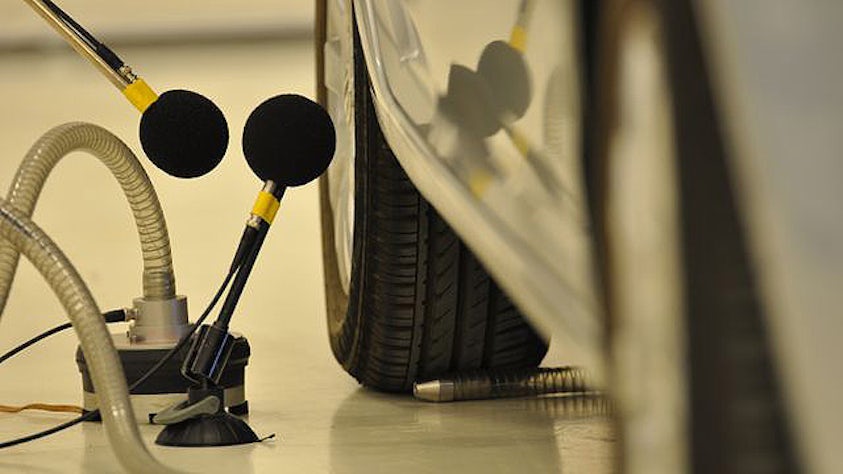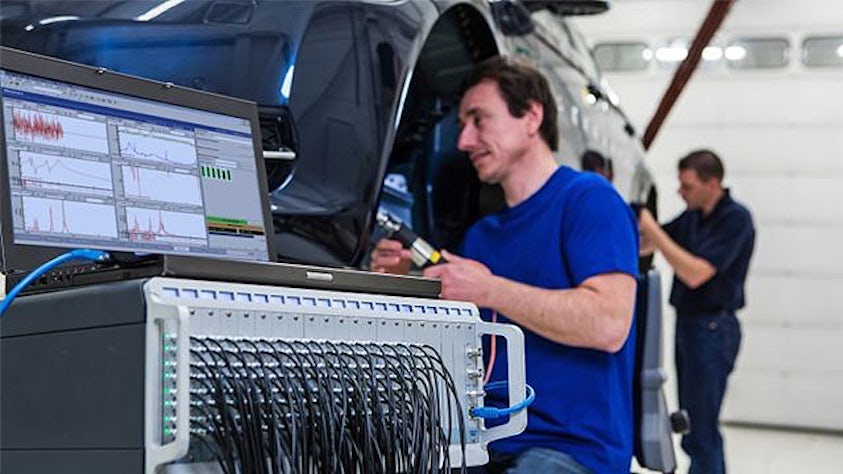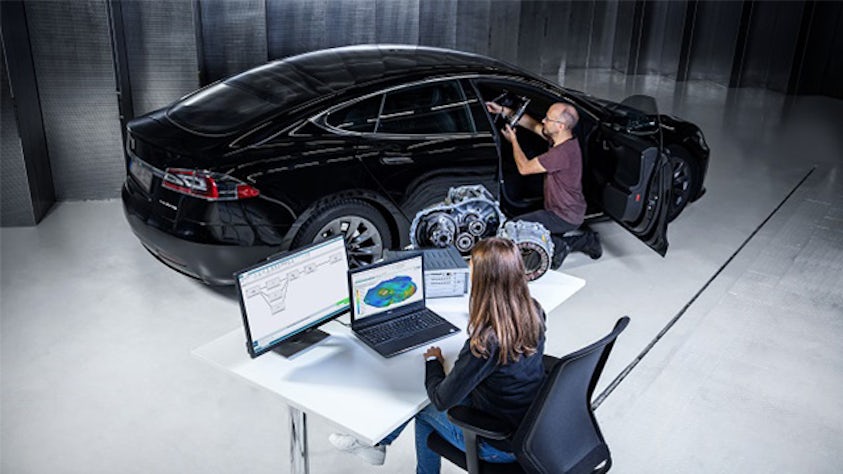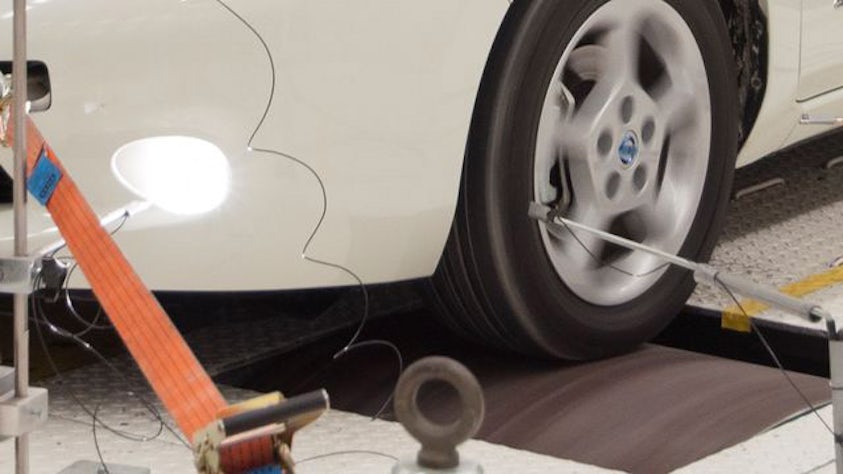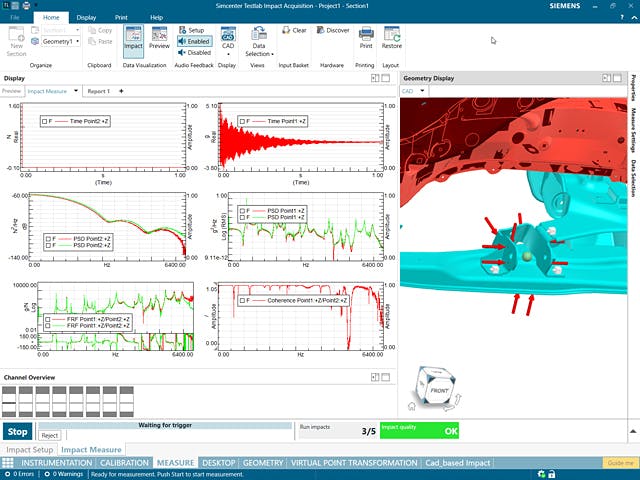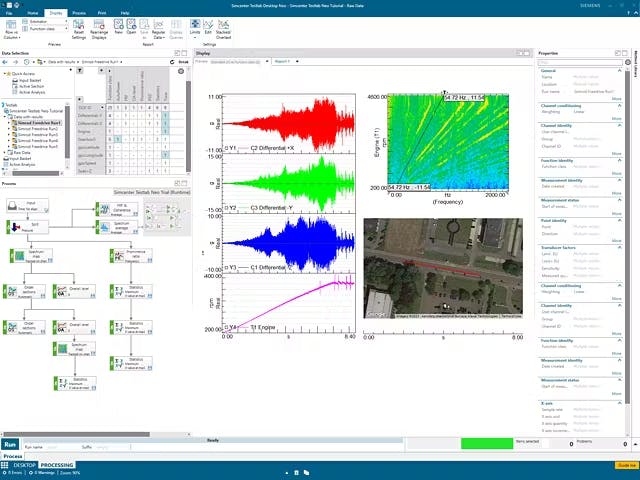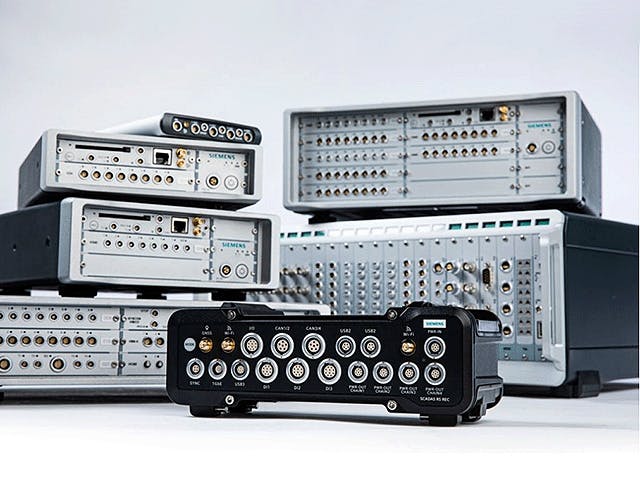Pour bien comprendre le comportement vibratoire d'un système, les ingénieurs effectuent une analyse des chemins de transfert qui les aide à identifier et évaluer les chemins de transfert de l'énergie au sein des structures et dans l'air, de la source d'excitation jusqu'à un emplacement de réception donné.
L'analyse de chemins de transfert quantifie les différentes sources et leurs chemins et détermine lesquels contribuent le plus aux problèmes de bruit et lesquels s'annulent. À partir des sources et des chemins quantifiés et modélisés, il est relativement simple d'optimiser les performances vibro-acoustiques et NVH (bruit, vibrations et secousses) du système.
